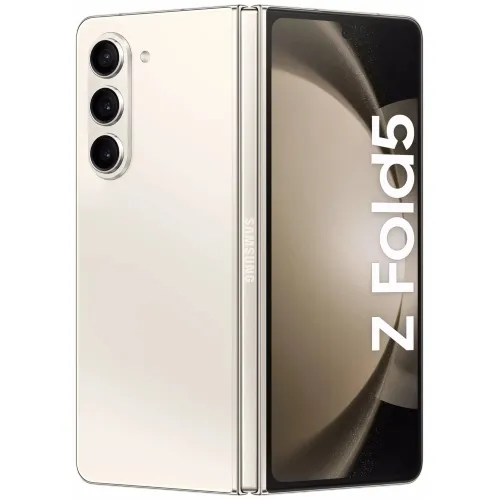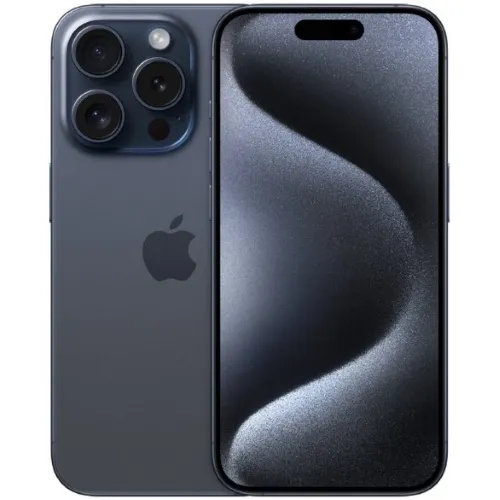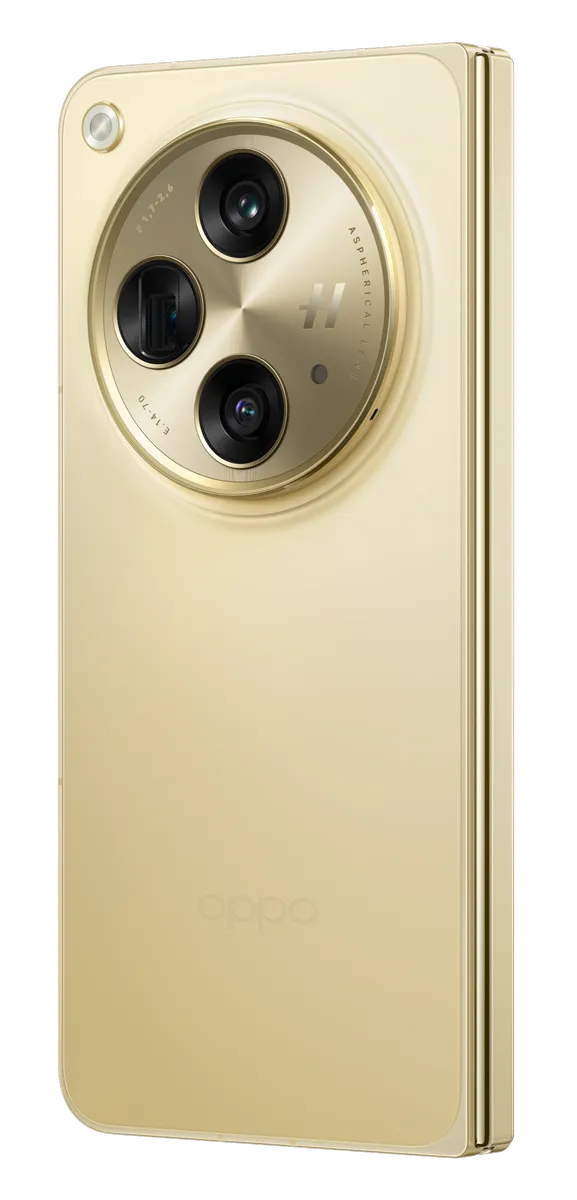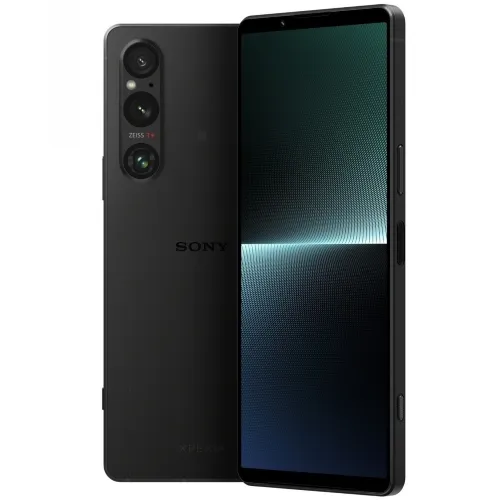10 Smartphones with the Fastest Internet in 2025
Today, most smartphones support the 4G network. This network is much faster than older networks. But now, there's an even newer technology called 5G, or Fifth Generation.
5G networks are the latest and offer internet speeds that are way faster than 4G. Some smartphones with 5G modems can even reach download speeds up to 7 Gbps! To understand more about 4G and 5G, you can read about the different types of mobile networks in the article "Types of Mobile Networks from Generation to Generation."
In this article, Carisinyal will talk about several smartphones that support both 4G and 5G technology and have incredible internet speeds.
Before we start, here's a disclaimer. This list of fast internet smartphones does not mean these phones will always provide fast internet. The internet speed also depends on whether the network in the area is good. The mobile operator plays a big role in this.
Also, this list is based on information from websites that claim to have tested these phones. What are these phones?
1. iPhone 15 Pro Max

The iPhone 15 Pro Max includes a Wi-Fi 6E protocol, which is better than the Wi-Fi 6 in the earlier models. According to PC Mag, this phone can reach 640 Mbps speed when connected to a Verizon Fios router with 950 Mbps service. The upload speed can go up to 239 Mbps.
This phone has the Snapdragon X70 5G model, an upgrade from the Snapdragon X65 in previous models. It supports a wide range of 5G, including sub-6GHz and mmWave 5G.
It supports many bands, with at least 22, including n1, n3, and n40. Other features include USB-C 3.2 that supports display ports, Ultrawide Band 2 (UWB) for tracking lost items, and an SOS emergency feature.
2. Samsung Galaxy S24 Ultra 5G

The Samsung Galaxy S24 Ultra 5G provides fast 5G network access, including mmWave and C-Band frequencies. It also features Wi-Fi 7, Bluetooth 5.3, NFC, and Ultrawide Band.
This top-of-the-line phone, released in early 2024, supports only one physical SIM card. However, you can use a second SIM card by opting for an eSIM.
According to a report by PC Mag, this device can achieve download speeds of up to 810 Mbps and upload speeds of 54.1 Mbps on Verizon's 5G network in New York City.
When connected to a Wi-Fi 6 access point, it reaches download speeds of 505 Mbps and upload speeds of 17.1 Mbps. This is quicker than the RedMagic 9 Pro, which only reached download and upload speeds of 488 Mbps and 16.7 Mbps, respectively.
The Samsung Galaxy S24 Ultra 5G supports various 5G network bands: 1, 2, 3, 5, 7, 8, 12, 20, 25, 26, 28, 38, 40, 41, 66, 75, 77, and 78. Additionally, the device includes a USB-C 3.2 port that supports DisplayPort 1.2 for connecting to an external monitor.
For increased productivity, the phone offers Samsung DeX, transforming it into a makeshift PC. This provides a PC-like interface, making it more suitable for tasks like document typing.
3. Samsung Galaxy Z Fold5 5G

The Samsung Galaxy Z Fold5 5G works with many network bands: 1, 2, 3, 5, 7, 8, 12, 20, 25, 28, 38, 40, 41, 66, 77, and 78. This is for the version sold worldwide. The phone is foldable and supports SA (stand alone), NSA (non-stand alone), and Sub6 network types. In the US, it also works with the mmWave type.
It comes with Wi-Fi 6E, which is faster than Wi-Fi 5 and Wi-Fi 6. PC Mag reports that when connected to a Wi-Fi 6 router, the phone's download speed can go up to 495 Mbps, and upload speed can be 23.3 Mbps.
This foldable phone has other ways to connect too, like USB-C 3.2, Ultra Wideband (UWB) sensors, NFC, and Bluetooth 5.3. The USB-C 3.2 port allows faster data transfer and can connect to an external monitor. UWB is useful for accurately tracking the location of objects, especially when used with Galaxy SmartTag+ accessories.
When you connect the phone to an external monitor, either wirelessly or with a cable, you can use Samsung DeX to get a PC-like interface. Add a keyboard and mouse, and the smartphone turns into something like a regular PC.
4. iPhone 15 Pro

Like its Pro Max version, the iPhone 15 Pro also offers high internet speeds. According to The Verge, the iPhone 15 Pro's internet speed is up to 24 percent faster than the iPhone 14 Pro when downloading over 5G.
SpeedSmart's data shows that on the Verizon network in the US, the average download speed for the iPhone 14 Pro was 195.83 Mbps. In comparison, the iPhone 15 Pro reached 243.06 Mbps, which is noticeably faster.
Furthermore, the iPhone 15 Pro achieves average 5G speeds of about 300.92 Mbps on the T-Mobile network and up to 204.34 Mbps on the AT&T network.
The iPhone 15 Pro includes a Qualcomm Snapdragon X70 modem. This modem supports sub-6GHz, C-band, and mmWave 5G networks. PCMag's tests show that on the AT&T 5G+ network in New York City, the iPhone 15 Pro reached download speeds of up to 602 Mbps and upload speeds of 81 Mbps.
These speeds were ten times faster than those of the iPhone 14 models under the same network conditions. Apple has also updated its Wi-Fi capabilities. While the iPhone 14 had Wi-Fi 6, the iPhone 15 Pro has Wi-Fi 6E.
When connected to a Wi-Fi 6E router with 1 Gbps bandwidth, the iPhone 15 Pro was able to achieve download speeds of up to 661 Mbps and upload speeds of 284 Mbps. This is about the same speed as the iPhone 15 Pro Max.
The iPhone 15 Pro supports many 5G network bands: 1, 2, 3, 5, 7, 8, 12, 20, 25, 26, 28, 30, 38, 40, 41, 48, 53, 66, 70, 77, 78, and 79, in SA/NSA/Sub6 network types.
5. Samsung Galaxy Z Flip5 5G

The Samsung Galaxy Z Flip5 5G is a foldable phone. It can bend to become smaller and more compact. According to the HardReset.info channel on YouTube, the Galaxy Z Flip 5G can reach download speeds of 50.5 Mbps and upload speeds of 23.6 Mbps.
In the same testing video, the Galaxy Z Fold5 5G had download speeds of 48.8 Mbps and upload speeds of 24.0 Mbps. However, the video doesn't tell us if this was over Wi-Fi or 5G, or any other conditions of the test.
PCMag reports that the Samsung Galaxy Z Flip5 5G supports 5G on both mmWave and sub-6 frequencies, including the C-band. The phone can use one nano-sized physical SIM card and an eSIM. It also supports Wi-Fi 6E and Bluetooth 5.3 for other connections.
On a Wi-Fi 6 network, the Galaxy Z Flip5 5G reached peak download speeds of 492 Mbps and upload speeds of 16.4 Mbps. The slower upload speed is due to the network of the Internet Service Provider (ISP), not the phone itself.
GSM Arena states that the Samsung Galaxy Z Flip5 5G supports network bands 1, 2, 3, 5, 7, 8, 12, 20, 25, 28, 38, 40, 41, 66, 77, and 78 for international networks. It works with SA, NSA, and Sub6 networks.
6. OPPO Find N3

The OPPO Find N3 is a foldable phone similar to the Samsung Galaxy Z Fold5, and it's also in the high-end price range. NotebookCheck.net reports that when the phone was tested with an ASUS ROG Rapture GT-AXE11000 Wi-Fi 6 router, it reached speeds up to 1.8 GBps.
Additionally, the OPPO Find N3 has shown it can get really fast 5G internet speeds. It can reach speeds of 1,600 MBps for receiving on the AXE11000 and up to 709 MBps for sending. These speeds are higher than some competitors, like the Xiaomi Mix Fold 3, Samsung Galaxy Z Fold5, and Google Pixel Fold.
The OPPO Find N3 supports network bands 1, 3, 5, 7, 8, 20, 28, 38, 40, 41, 66, 77, 78, and 79, and it works with SA/NSA networks but not mmWave.
This foldable phone has cameras developed in partnership with Hasselblad. Its telephoto camera allows for detailed long-distance shots and can zoom up to 3x optically.
Other connectivity features include an infrared port and NFC, so users can easily change TV channels and load eMoney cards.
The battery life of the OPPO Find N3 is a significant plus. In tests, the phone lasted up to 14.5 hours of web browsing. When the battery is low, it only takes about 50 minutes to fully charge, thanks to its 65-watt fast charging. This puts it in competition with other foldable smartphones.
7. iPhone 14 Pro Max

The iPhone 14 Pro Max was a highly talked-about phone both before and after its launch. One unique feature that caught everyone's attention was its Dynamic Island notch. But the iPhone 14 Pro Max offers more than just that.
Speed is where the iPhone 14 Pro Max really shines, partly due to its 5G network capability. Given its high price, it's not surprising it supports a wide range of 5G networks, including more than 25 bands such as n1, n4, and n40.
The iPhone 14 Pro Max also supports both 5G Standalone (SA) and Non-Standalone (NSA) networks, along with Sub6 networks. It also comes with other connectivity options like WiFi 802.11 a/b/g/n/ac/6, dual-band, and hotspot capabilities.
Additionally, the iPhone 14 Pro Max is powered by Apple's high-end A16 Bionic chipset. This chipset is made with a 4 nm process and can run up to a peak speed of 3.46 GHz. Its performance and speed are further enhanced by the largest available RAM of 6 GB and an internal storage of 1 TB.
8. Sony Xperia 1 V

In Asia, the Sony Xperia 1 V supports at least 12 5G network bands: 1, 3, 5, 7, 8, 28, 38, 40, 41, 77, 78, and 79. This phone works with SA, NSA, and Sub6 network types.
For wireless internet, it supports Wi-Fi 6E, which can connect to the 6 GHz network band. The smartphone reached internet speeds of up to 1,800 Mbps in tests using the ASUS ROG Rapture GT-AXE11000 router, according to NotebookCheck.net.
Besides 5G and Wi-Fi 6E, the Sony Xperia 1 V also has a USB-C 3.2 port. This port offers faster transfer speeds compared to cheaper phones with USB-C 2.0.
The USB-C 3.2 port also supports a display port interface. This means you can show what's on the phone's screen on an external display. It's great for watching movies, videos, or playing games on a bigger screen for a better experience.
9. iPhone 15 Plus

Like the other iPhone 15 models, the Plus version also has the Qualcomm X70 modem. This modem is faster than the Qualcomm X65 used in the previous models. MacRumors reports that Speedtest data shows the iPhone 15 Plus has a 54 percent speed increase over the iPhone 14 series from the year before.
Mashable, using Ookla Speedtest data, says the iPhone 15 Plus reached a download speed of 275.48 Mbps. This is faster than the Galaxy Z Fold5, which reached 231.56 Mbps. These speeds are based on the median values.
The iPhone 15 Plus supports network bands 1, 2, 3, 5, 7, 8, 12, 14, 20, 25, 26, 28, 29, 30, 38, 40, 41, 48, 53, 66, 70, 71, 77, 78, 79, 258, 260, and 261. It works with SA, NSA, Sub6, and mmWave networks.
10. OnePlus 12

The OnePlus 12 supports most of the sub-6GHz 5G network bands. However, it doesn't support mmWave 5G, which can reach speeds up to 1 Gbps on T-Mobile and Verizon networks, as PC Mag reports.
This phone also supports Wi-Fi 7, the latest version at the time of its release. When tested with a Wi-Fi 6 router, it achieved download speeds of up to 114 Mbps and upload speeds of 22.9 Mbps.
The OnePlus 12's speed is a bit slower compared to the iPhone 14 Pro, which reached 176 Mbps for downloads and 19.6 Mbps for uploads. On a 5G network test, the OnePlus 12 showed high performance on the Google Fi network, with download speeds of 173 Mbps and upload speeds of 67.6 Mbps.
While the OnePlus 12 doesn't support mmWave, it does support SA and NSA networks, including bands 1, 2, 3, 5, 7, 8, 12, 20, 25, 28, 30, 38, 40, 41, 66, 71, 77, and 78.
It's important to remember that the internet speed of each smartphone depends on the network operator. So, even if a phone supports 5G technology, if the network service is poor, you might not get the high speeds you expect.
